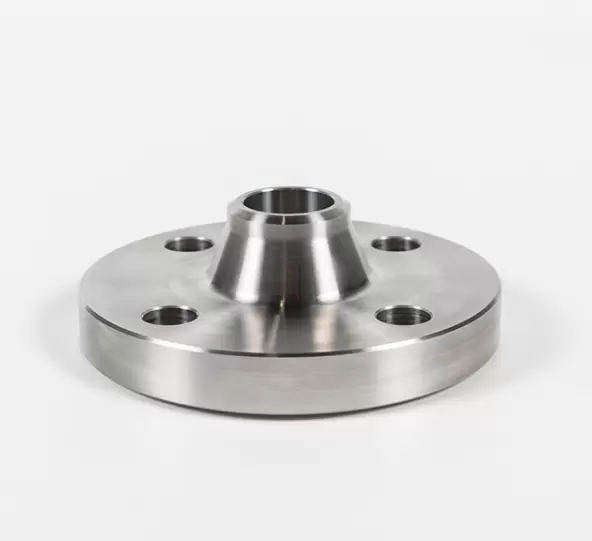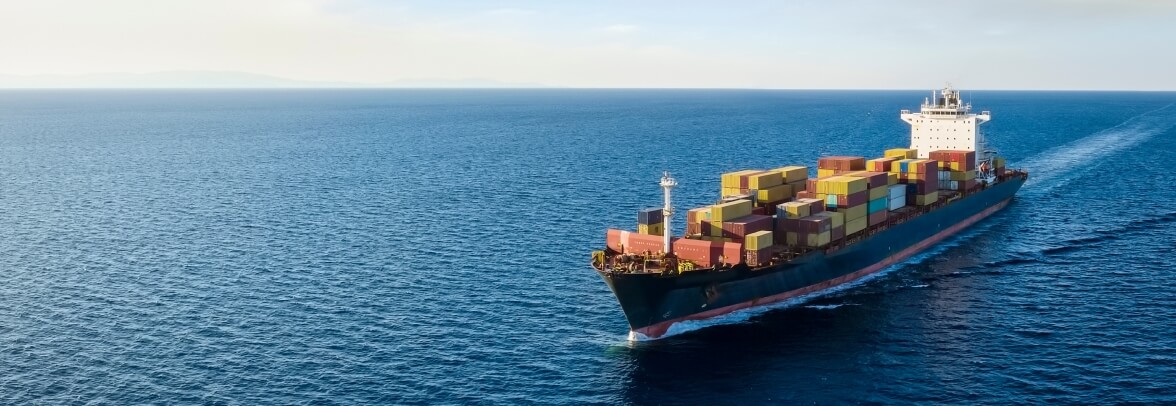Oil and Gas Pipe Fitting Flanges: Essential for Safe and Efficient Pipeline Systems
2025-02-14
In the oil and gas industry, maintaining the integrity of pipeline systems is a top priority. These pipelines transport critical fluids such as crude oil, natural gas, and chemicals, often under high pressure and extreme temperatures. The need for secure, leak-proof connections between pipes, valves, pumps, and other critical equipment is paramount. This is where oil and gas pipe fitting flanges come into play. These mechanical components are crucial in ensuring that the piping system operates safely and efficiently, preventing leaks and allowing easy maintenance. This article Longteng will explore the role of oil and gas pipe fitting flanges, focusing on their material considerations, and their role in enhancing safety and performance across the pipeline network.

The Role of Oil and Gas Pipe Fitting Flanges in Piping Systems
In a typical pipeline system, flanges serve as the joining components that connect two sections of pipe or link pipes to other equipment. These devices ensure that the connections between piping systems are reliable, secure, and able to withstand the high pressures and corrosive environments that are characteristic of the oil and gas industry.
Flanges provide a tight, secure seal between pipe sections to prevent leaks and ensure that the integrity of the system is maintained. The key to their effectiveness lies in their design, material, and the quality of the connection they provide. Oil and gas pipe fitting flanges are designed to create a barrier between the internal pipeline and the external environment, preventing hazardous leaks that can lead to dangerous situations.
Ensuring Structural Integrity and Sealing Performance
One of the primary functions of oil and gas pipe fitting flanges is to maintain the structural integrity of the pipeline. As the pipeline system is subjected to various internal pressures, fluctuations in temperature, and the movement of fluids, it is vital to ensure that each connection is capable of withstanding these stresses. A secure flange connection provides the necessary support to prevent pipe failure and maintain a continuous, leak-proof flow of oil, gas, or chemicals. The gasket between two flanges plays a significant role in sealing the joint. It creates a barrier that prevents fluid from leaking out of the connection, ensuring the efficiency and safety of the pipeline. The flange material, gasket material, and bolting all need to work together to achieve the necessary sealing performance.
Supporting Easy Maintenance and System Modifications
In addition to providing a secure connection, oil and gas pipe fitting flanges facilitate maintenance and modification of the piping system. They allow sections of the pipeline to be easily disconnected for cleaning, inspection, or repair. This flexibility is crucial in an industry where downtime for maintenance can be costly. Flanges are often used to connect pipes to pumps, valves, or other equipment in the system, and their modular nature allows for efficient disassembly and reassembly of these components when necessary. This modularity reduces the need for extensive system shutdowns and increases the overall uptime of the pipeline system, improving the efficiency of oil and gas operations.
Material Selection for Oil and Gas Pipe Fitting Flanges
The material used to manufacture oil and gas pipe fitting flanges is essential in ensuring the durability, strength, and resistance to corrosion of the entire pipeline system. The oil and gas industry operates in some of the harshest environments, and the materials chosen for flanges must be able to withstand high pressures, extreme temperatures, and exposure to aggressive chemicals and corrosive substances.
Corrosion Resistance for Harsh Environments
In oil and gas systems, the pipeline components are often exposed to corrosive fluids, such as sulfur compounds, hydrogen sulfide, and seawater. As such, corrosion resistance is a critical factor when selecting oil and gas pipe fitting flange materials. Stainless steel and alloy steels are commonly used in the production of oil and gas flanges because they offer excellent resistance to corrosion. These materials are highly resistant to corrosion in environments that are rich in chlorine, acid, or saltwater, ensuring the longevity of the flange and preventing leaks that could result from material degradation.
Stainless steel, in particular, is known for its excellent resistance to corrosion and high temperature stability. For more extreme conditions, alloy steels may be used to enhance the mechanical properties of the flanges while maintaining resistance to corrosion.
High-Temperature and High-Pressure Durability
Oil and gas pipelines often operate under high temperatures and pressures, especially in upstream extraction processes where fluids are transported from deep beneath the Earth's surface. The materials used in oil and gas pipe fitting flanges must therefore be able to handle these demanding conditions without failing. Materials such as carbon steel and alloy steel are commonly used for flanges in high-temperature applications because they offer excellent strength, toughness, and resistance to thermal expansion.
These materials are also capable of maintaining their structural integrity even in environments where the temperature fluctuates significantly, which is often the case in oil and gas extraction and transportation. The ability to resist thermal expansion and maintain a secure connection under high pressure is essential to the overall performance of the pipeline system.
Impact Resistance in Harsh Environments
Oil and gas pipelines are often subject to external mechanical stresses, such as impact from machinery, environmental factors, or ground movement. Oil and gas pipe fitting flanges must be resistant to physical damage and able to withstand mechanical impacts. Steel alloys are commonly used in the construction of flanges to ensure they are impact-resistant and durable in harsh conditions, providing a long service life and preventing damage that could lead to costly repairs or hazardous leaks.
Oil and gas pipe fitting flanges are indispensable components in industrial piping systems. They ensure the safety, efficiency, and longevity of pipeline networks by providing secure, leak-proof connections in demanding environments. With their ability to withstand high pressures, extreme temperatures, and corrosive fluids, oil and gas pipe fitting flanges play a critical role in preventing leaks, improving safety, and facilitating easy maintenance of pipeline systems. As the oil and gas industry continues to evolve, the demand for reliable and durable flanges will remain strong, as these components are essential to ensuring the smooth operation of pipelines that transport vital resources.





















 Email
Email